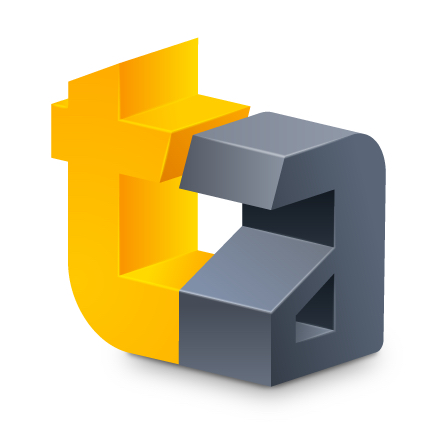 Hello, gentle readers, and welcome to the RPG Reload, the regular feature where we know iteration is the key to success. Last week, we took a look at the early history of the tactical RPG genre, covering the origins of many of its core concepts through to what is generally considered to be the game that established the genre, Nintendo’s Fire Emblem. In that article, I also listed some features that I consider to define games in the TRPG genre, so I strongly encourage heading back and reading that piece before moving on with this one. In this week’s article, we’re picking up from where we left off last time and covering the genre’s explosion in popularity in the 1990s. Both the East and the West (and by extension the console and PC sectors) would see little cottage industries spring up around their respective takes on the genre. Perhaps most remarkably of all, these two flavors of TRPG appear to have formed virtually independently of one another.
Hello, gentle readers, and welcome to the RPG Reload, the regular feature where we know iteration is the key to success. Last week, we took a look at the early history of the tactical RPG genre, covering the origins of many of its core concepts through to what is generally considered to be the game that established the genre, Nintendo’s Fire Emblem. In that article, I also listed some features that I consider to define games in the TRPG genre, so I strongly encourage heading back and reading that piece before moving on with this one. In this week’s article, we’re picking up from where we left off last time and covering the genre’s explosion in popularity in the 1990s. Both the East and the West (and by extension the console and PC sectors) would see little cottage industries spring up around their respective takes on the genre. Perhaps most remarkably of all, these two flavors of TRPG appear to have formed virtually independently of one another.
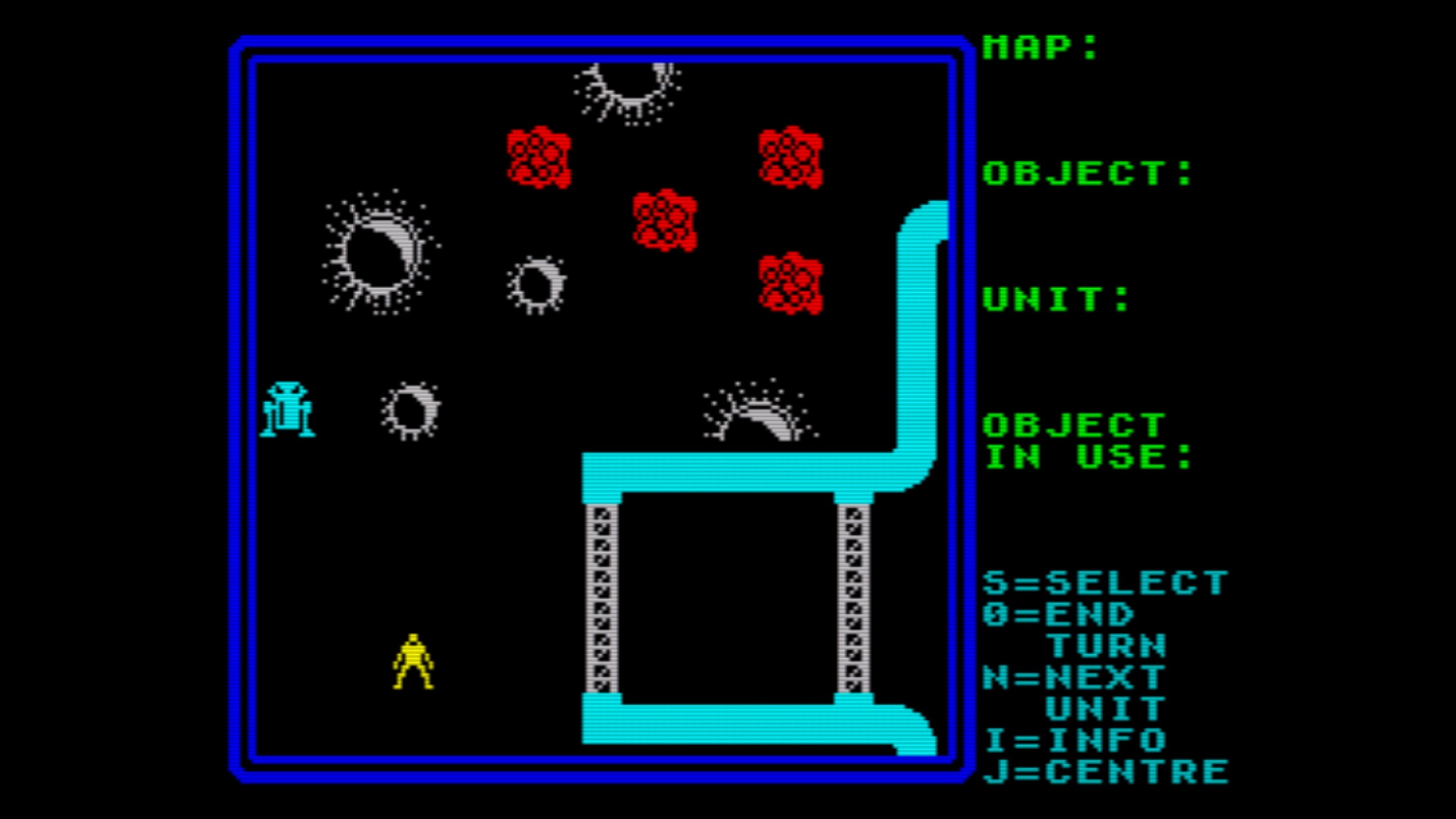
Despite their common origins, the console and PC game markets have, at times, been quite far removed from each other. The 1990s were perhaps the peak example of this separation. PC gaming was largely dominated by Western developers and publishers who only rarely bothered with console releases. Console gaming, on the other hand, was largely the province of Japanese developers and publishers whose forays into the PC end of the pool were even rarer. There are a lot of reasons why this separation occurred, such as language barriers, the sheer number of incompatible computer formats in the 1980s, cultural differences, and economics. It’s a topic all of its own, frankly. For our purposes, it’s simply important to note that heading into the 1990s, Japan was almost entirely on the console wagon, Europe was riding the home computer train, and America housed both, albeit with a thick wall between them. Things were very different from today.
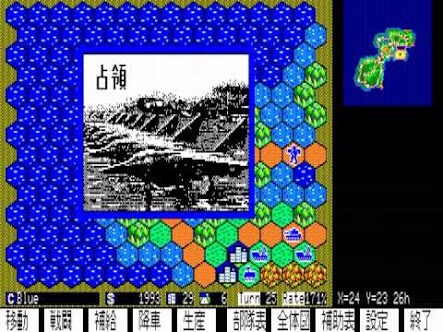
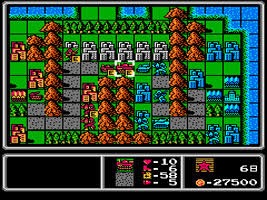
Daisenryaku & Famicom Wars
While both branches of the TRPG genre can trace their roots back to tabletop wargaming and Dungeons & Dragons, where they went from there nicely reflects that separation. In Japan, early computer games like Dragon and Princess, Ultima 3, and Bokosuka Wars proved quite influential in the formation of the RPG aspects of the genre. I covered that in detail last time, but there was another side of the coin that I perhaps didn’t give enough credit to. Turn-based strategy games like Koei’s historical simulations and SystemSoft’s seminal Daisenryaku were really just a sprinkling of RPG elements away from closely resembling the genre as we know it. Daisenryaku was quite influential in the Japanese market, and developer Intelligent Systems’ efforts to create a simple, accessible game of its type resulted in Famicom Wars, the first game in the long-running Wars series. It’s best known in the West as Advance Wars, as the Game Boy Advance version was the first to see release outside of Japan.
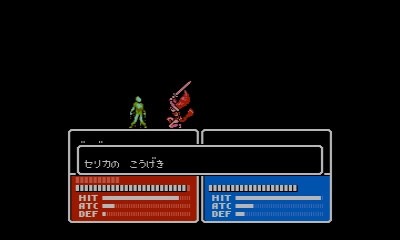
Fire Emblem
Famicom Wars was the framework that was used to create Fire Emblem, which is sort of the Dragon Quest of console TRPGs. Fire Emblem was not an immediate hit. For a variety of reasons, it had a pretty slow start and got a cool response from many players and critics. Word of mouth and a game magazine writer’s passionate odes to the game helped it become a relatively big success for Nintendo, but its influence had clearly started to spread among other developers before its sales really took off. Games influenced by Fire Emblem started to show up almost immediately. There was a unique opportunity here, as Nintendo opted not to release Fire Emblem outside of Japan. Its initial slow pick-up in sales, the fact that RPGs hadn’t really sold as well in the West as Nintendo had hoped, and its somewhat late release in the 8-bit Nintendo console’s life cycle were all likely big factors here. Fire Emblem would have been a big project in an unpopular genre on a piece of hardware on its way out the door.
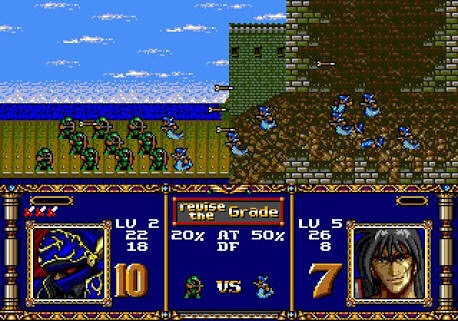
Langrisser
Nintendo’s inability to capitalize on Fire Emblem worldwide opened a window for others. The first through that window was Langrisser, which was released on SEGA’s 16-bit Mega Drive console in Japan almost exactly one year after Fire Emblem had debuted. Developed by Team Career, Langrisser would see an English release in North America later in 1991 under the title Warsong. No mere clone of Fire Emblem, it also draws from Koei’s historical sims and offers a lot of interesting ideas of its own. While named characters serve as your most important units, they command armies of their own. These generals will level up over the course of the game, and should they fall in battle, they are forever lost. You can choose what kinds of troops each unit has with them at any given time, adding an extra strategic twist that many players found extremely compelling. Langrisser is technically still an active series, but it’s gotten pretty far from its original concept. Games inspired by Langrisser include its spiritual successor series Growlanser, the 2005 PC game Battle for Wesnoth, and SEGA’s Dragon Force.
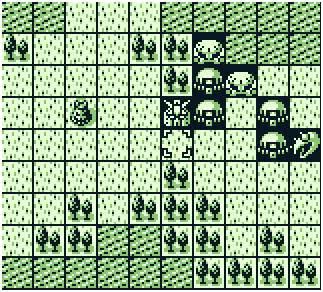
Super Robot Wars
There are a lot of surprising things about Super Robot Wars. Like Langrisser, it came out almost exactly a year after Fire Emblem, and it released on a far more viable platform. In this case, it was on the Game Boy, an interesting starting point for a series praised for its beautiful presentation and deep tactical gameplay. Of all of the series that were inspired by Fire Emblem, Super Robot Wars is probably the most prolific and dependable. Barely a year goes by in Japan without a new release in the series of some kind, with the latest in the series, Super Robot Wars V, released just a couple of months ago in February of 2017. Again, it’s easy to see where the game pulls from Fire Emblem, but with its appealing theme and unusual battle system, Super Robot Wars has carved out a comfortable niche of its own. Unfortunately, one of the main selling points of the games has made it difficult for the series to release outside of Japan. The rights to many of the included characters and robots in each game are quite complicated to sort out. As such, only a few of the games have come out overseas. The iOS game The War of Eustrath is an obvious homage to this series.
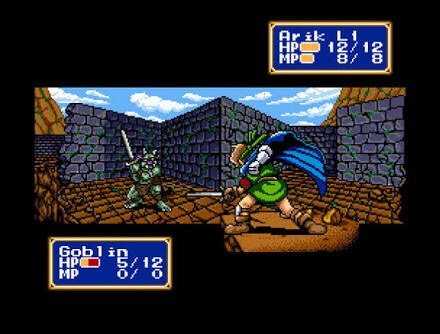
Shining Force
One of the bigger benefactors of Nintendo’s inability to release Fire Emblem outside of Japan was SEGA’s Shining Force. Released on SEGA’s Mega Drive in Japan in March of 1992, it came almost two years after the first Fire Emblem. In fact, Fire Emblem‘s sequel hit stores just a week before Shining Force did. It took a full year to release outside of Japan, arriving on the North American Genesis and the European Mega Drive in the summer of 1993. Developed by Sonic! Software Planning and published by SEGA, the game is more similar to Fire Emblem than any of the other games we’ve seen here. Its creator says it was inspired by the Japanese PC game Silver Ghost, which we took a look at last time. With SEGA’s marketing muscle behind it, Shining Force made a fairly big impact in the West. For many console gamers, this was their introduction to the TRPG genre. While the series would end up sputtering out after a dispute between SEGA and the development team, it’s well-remembered in the West. I heard more than a few people call Fire Emblem a Shining Force clone by the time Nintendo got around to localizing it.
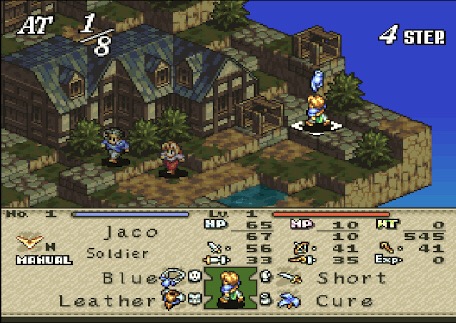
Tactics Ogre
Apart from Fire Emblem, Tactics Ogre is the most influential console TRPG. Developed by Quest and published by Enix, this 1995 Super Famicom release (along with Square’s Front Mission) popularized the now-familiar isometric battlefield seen in later games such as Final Fantasy Tactics and Disgaea. Final Fantasy Tactics was developed by the same team as a spiritual successor to Tactics Ogre, and its international release on PlayStation 1 in 1998 stands as one of the most successful TRPGs of all-time in the international market. In a situation not unlike that of Fire Emblem, Tactics Ogre didn’t get released in the West until after the games it inspired. As such, it doesn’t enjoy nearly the level of reputation it probably deserves, in spite of the fact that it basically set the template for console TRPGs for the next ten or fifteen years following its release.
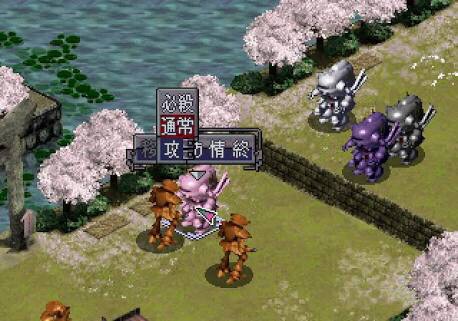
Fire Emblem: Genealogy of the Holy War, Langrisser 3, and Sakura Wars
In the mid-1990s, dating simulations were becoming quite popular in Japan. As developers tried to figure out new ways to differentiate their games from the competition, it was inevitable that someone would hit on the idea of adding dating elements to their TRPG. The only really surprising thing is that three of them appear to have stumbled on it at almost the same time. Fire Emblem: Genealogy of the Holy War was the fourth game in the series, released in 1996 on the Super Famicom. In a now-familiar move, units could build affinity for one another over the course of battles. If their relationship was strong enough by a certain point in the game, they would have a child who would be among your units in the second half of the game. Langrisser 3 and Sakura Wars took a more straightforward route, simply allowing players to cultivate relationships between characters. This element has become quite popular in recent Japanese TRPGs.
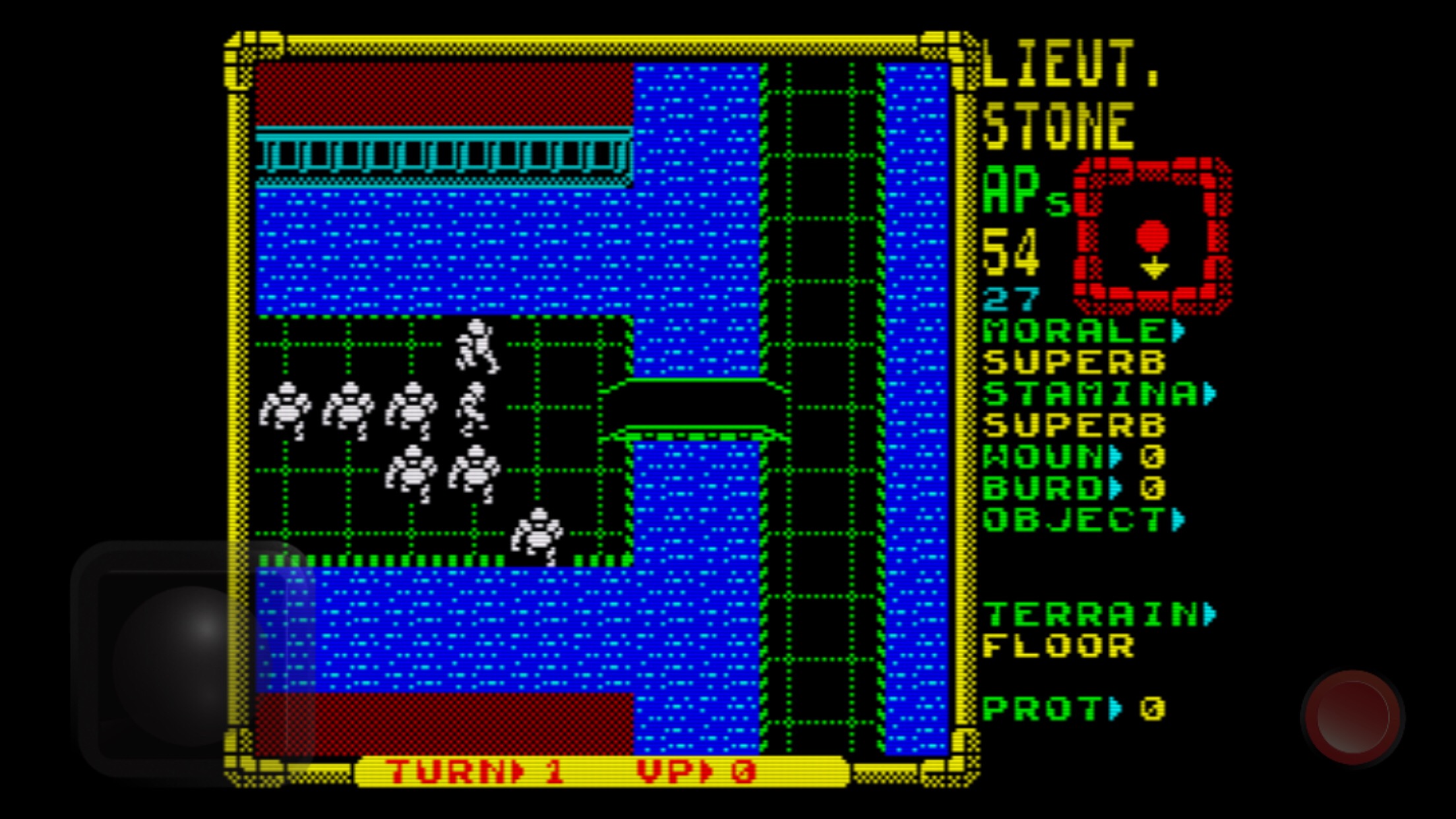
Laser Squad
As I always mention when talking about genres, the border lines can get pretty fuzzy at times. I’m not sure which game deserves to be called the first TRPG in the West, but I can certainly tell you the game that put the genre in the spotlight. For British gamers, 1994’s X-COM: UFO Defense was the latest in a fairly long line of brilliant strategy games for home computers from developer Julian Gollop and his team at Mythos Games. Gollop had been developing games since 1983’s Time Lords, and most of his work was done in the strategy genre. The most famous series from Mythos Games prior to X-COM was Rebelstar. These were sci-fi, turn-based games for the ZX Spectrum that saw you commanding a squad in various scenarios. 1988’s Laser Squad built on the ideas from that series, and we can see many things that would end up in X-COM established in this game.
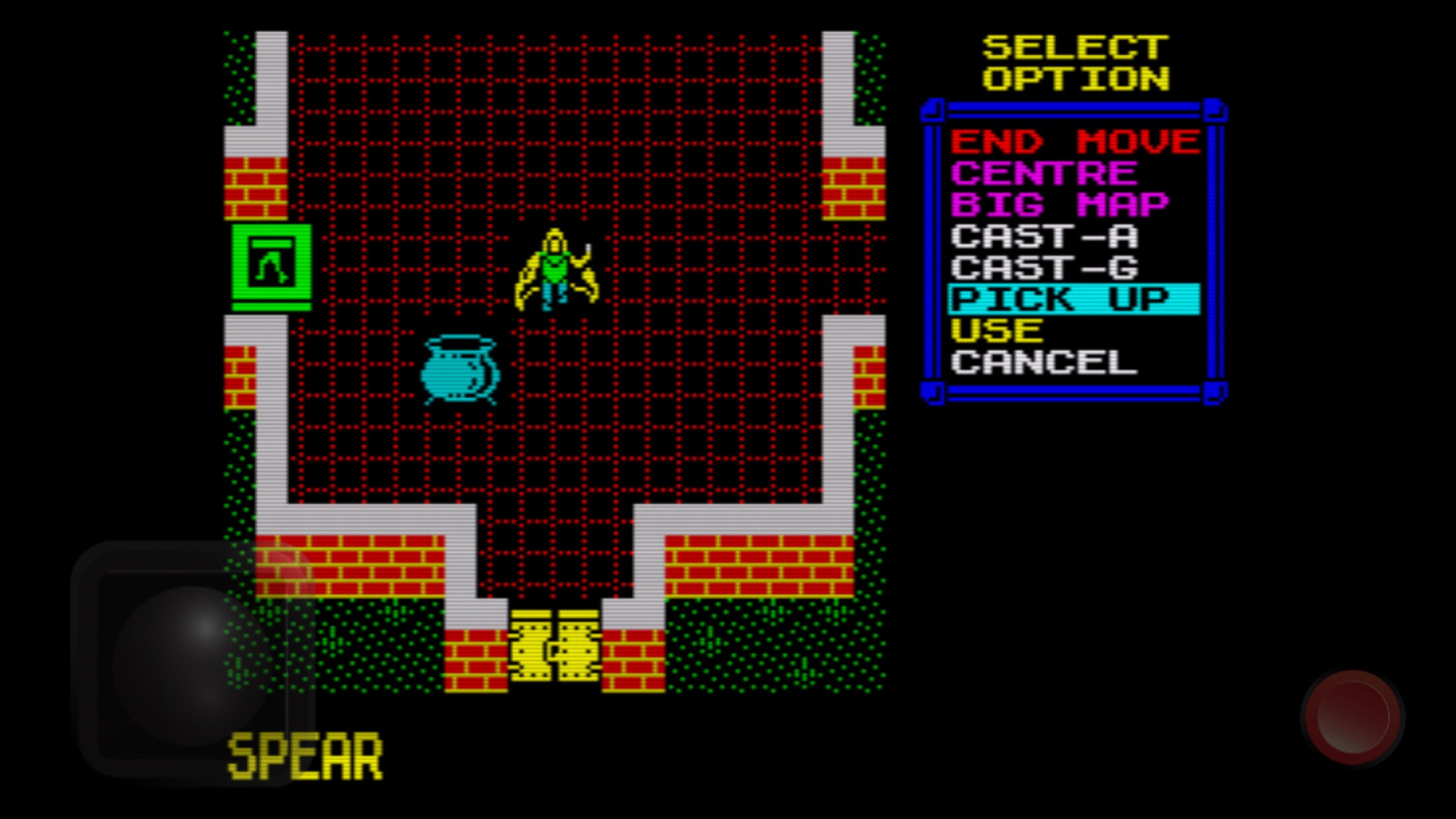
Lords of Chaos
But before we get to X-COM, there’s also the matter of Lords of Chaos, another Julian Gollop game. This one was released in April of 1990, the same month as Fire Emblem. It’s noteworthy in that it’s the first Gollop strategy game that could reasonably be classified as a TRPG. Your main character is a wizard who uses spells and creatures to achieve various goals. Your wizard will earn experience points as you play, which can be spent to increase various stats. It’s actually pretty rare for Gollop to dip into the fantasy genre. Lords of Chaos was a sequel to a game called Chaos: The Battle of Wizards, but that game lacked any sort of leveling mechanic. Gollop would return to this series a couple more times over the years, with the latest release being 2015’s Chaos Reborn.

X-COM: UFO Defense
While the works of Gollop and Mythos Games were well-known in the United Kingdom, the developer didn’t have a true break-out hit outside of that country until X-COM. The game started as a somewhat modest sequel to Laser Squad that likely would have incorporated some of the ideas in Lords of Chaos and perhaps add a couple of new things of its own. Such was the usual route of Mythos. The most ambitious idea about the game at this stage was to render things from an isometric perspective similar to Populous rather than the usual top-down view. But the developer hooked up with a new publisher, MicroProse, and fresh off the success of Sid Meier’s Civilization, they were looking for something a little bigger in scope than what Gollop had originally had in mind. They also wanted it set on Earth, because they felt that was easier for people to relate to.
The developer took those ideas into account and came back with X-COM, a TRPG that puts you in control of a global defense force trying to push back an alien invasion. Not only do you need to manage the individual battles, you also need to generate and invest your resources wisely to ensure your troops, research, and other defenses are up to snuff. While your squad doesn’t have any defined characters in its ranks, every soldier has a name and it’s easy to get attached to them over a period of time. It’s an utterly brilliant game and you could make a pretty strong case for it being one of the best ever in the genre. X-COM was a smash success and proved to be a major influence on the TRPG genre in the West. Even games outside of the genre like Fallout often list it as a source of inspiration.

Jagged Alliance
X-COM wasn’t the only excellent TRPG series to kick off in 1994, though. Sir-Tech’s Jagged Alliance isn’t nearly as famous or successful as Mythos’s alien-hunting masterpiece, but it’s still an excellent game that added its own interesting ideas to the mix. As with X-COM, you need to manage resources and take care of more than just the battles themselves. In Jagged Alliance, you’re battling against an opposing force for control of a special miracle tree that only grows on one island. You need to train and equip a squad of mercenaries and take over territory until you can finally put a stop to the villainous Lucas Santino and his goons. There are 60 different mercenaries you can try to hire for your team, though you can only have 8 of them at any given time. The coolest wrinkle in this game is that each of those mercenaries has their own personality, and you’ll have to consider not only how well their skills complement each other but also whether or not they can actually stand each other. Of course, you’ll need to keep them paid, and the more experienced they get, the more it will cost you.
Collectively, these games and their sequels proved to be the most significant TRPGs of the 1990s, defining and popularizing the genre. While I’ve skipped over some beloved titles like Vandal Hearts, the aim here was to present the most historically important examples. We’ll pick this history series back up next month with a look at the significant TRPG titles of the 2000s. Be sure to let me know what you think in the comments below, and if there are any 1990s TRPGs I missed that you want to make a case for, I absolutely encourage you to do so. As for me, I’ll be back next week with an RPG Reload File for Dragon Quest 3. As always, thanks for reading!
Next Week’s Reload: Dragon Quest 3 ($9.99)